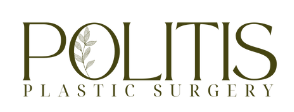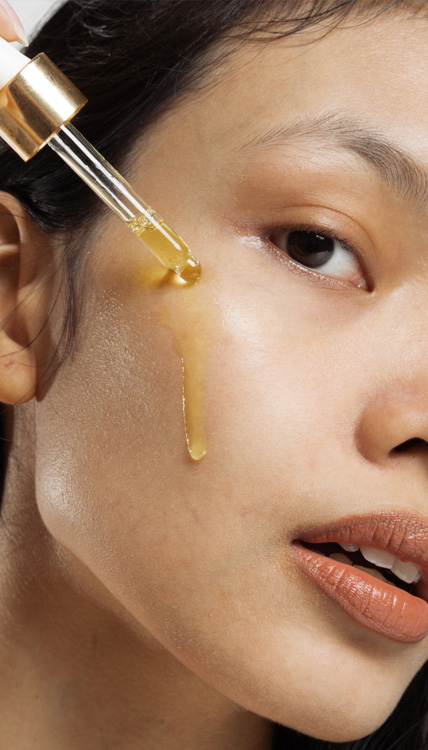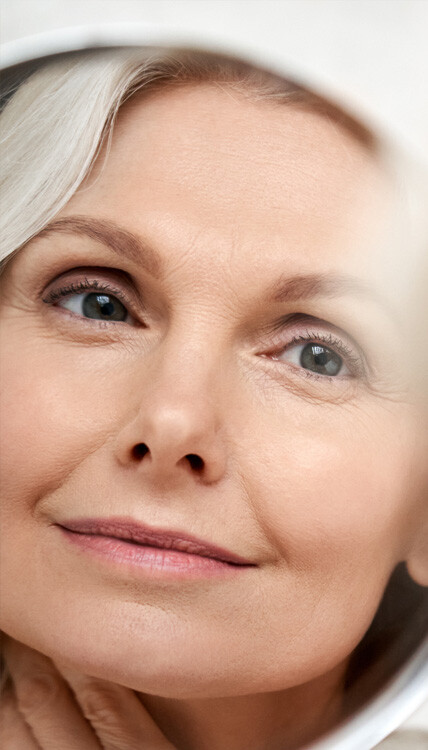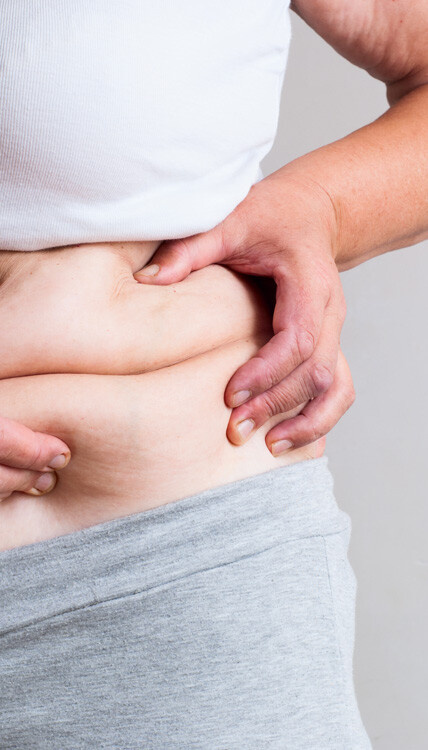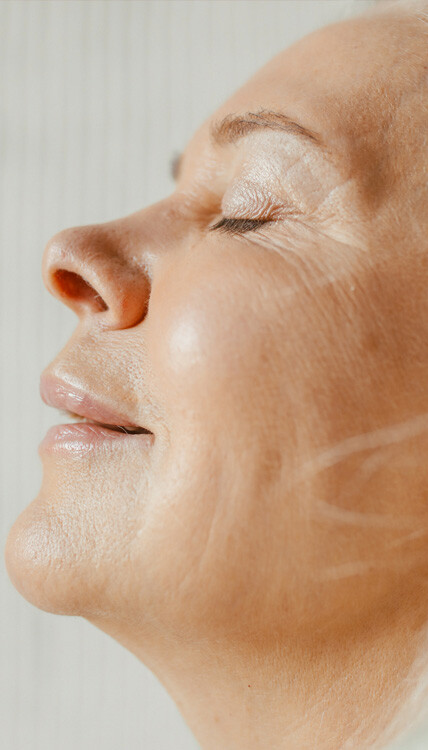What else can make a gorgeous face look better?
A striking and contoured neck!
The neck is what balances and amplifies the unique features of the face.
The question, now, is how do we achieve that?
A neck lift might just be what we are looking for!
What is a neck lift?
A neck lift is a surgical procedure to boost the appearance of the neck.
This outpatient procedure is done under sedation and local or general anesthesia to refine the shape and contours of the neck and jawline.
At Politis Plastic Surgery, we offer the neck lift procedure for those who aren’t happy with their neck appearance. We frequently see patients with a turkey wattle neck, excessively fatty neck, and necks with too much skin. Through a sequence of customized procedures, we sculpt and refine it to achieve aesthetically pleasant outcomes.
So what makes a neck beautiful?
Though different people may hold varied opinions about what makes a lovely neck, specific characteristics are considered fundamental.
Generally, a neck is beautiful if it is longer, has a sharper contour and distinct jawline. Plus, the angle between the neck and the head should be 105 to 120 degrees.
At Politis Plastic Surgery, we have mastered these crucial marks of a beautiful neck. When you come for neck lift surgery, we will evaluate the shape and volume of your lower face, jawline, and neck with consideration to the ideal traits of an attractive neck.
We will tailor our surgical steps in a way that achieves the most optimized outcome. Usually, this involves removing volume discrepancy, ensuring balance, and establishing a neck contour. The result will be a more optimized neck appearance that boosts your confidence.
What are the goals of neck lift surgery?
A neck lift corrects any imbalances in the volumes and positions of the contents of the neck, jawline, and face.
In a younger person, the procedure corrects the angle of the neck by removing excess skin and muscles. For older patients, a combination of techniques is employed to tackle imbalances due to excess skin, too much fat, and bigger or weaker neck muscles.
At Politis Plastic Surgery, we offer a customized neck lift procedure for every patient.
However, we have designed the procedure to achieve three objectives.
First, the procedure reduces deep neck fat and submandibular glands to reduce neck volume and balance the jawline and the face.
Second, the surgery removes excess skin and neck muscles to deepen the angle of the neck, ensuring a smooth transition from the face to the neck.
And third, neck lift repositions the elements of the neck to achieve a better overall alignment of the neck, jawline, and lower face.
Before the procedure, we will speak with you to better understand your goals and expectations. We will explain the options and craft a treatment plan that best meets your needs.
How are the structures in the neck accessed?
To optimize the outcome and avoid imbalance between the neck and the face, we assess each surgical step in isolation and anticipate the impact of each subsequent surgical maneuver.
The whole procedure is broken down into a series of interdependent and well-understood maneuvers with a pre-determined outcome.
The neck is approached through a submental incision placed at least 1.5cm posterior to the submental crease. This enables access to all the structures that may need to be corrected.
But to fully expose and reduce deep fat and submandibular glands, your plastic surgeon will elevate the neck muscles. The doctor then carefully evaluates the fat and glands to determine their impact on neck volume and contours before being reduced.
If the submandibular glands are enlarged or malpositioned in a way that affects the neck contours, they are modified before any significant reduction of the deep fat and neck muscles is done.
After that, your surgeon will raise skin flaps over the neck, retaining at least a 5 mm thickness of subcutaneous fat whenever possible.
For a wide exposure of the submental and submandibular triangles to provide complete visualization, your surgeon will make a deep skin incision to elevate the neck muscles.
How is the neck refined to achieve the desired outcome?
If you have deep central fat in your neck, your surgeon will reduce the fat to the desired level. Doing this helps cut down the fat volume, enhance balance and create a contour in the neck.
With the fat reduced, your doctor will assess the shape and angle of your neck. If the angle between the neck and the head is blunted, the surgeon will remove or alter your neck muscles to deepen the angle.
Next, the roof of the submental triangle is examined, and the muscles in the area are reduced carefully to minimize the mass to a plane level.
Lastly, the surgeon creates neck contours at the submental triangle.
Safe, effective neck-lift surgery
Would you like to refine your neck to achieve more balance with your face? At Politis Plastic Surgery, we have the equipment, personnel, and expertise to deliver successful neck lift procedures.
Every step in the neck lift procedure is designed to address a specific preoperative and intraoperative finding and helps to optimize the surgical outcome.
Make an appointment today and speak with Dr. Effie Politis about your goals and expectations and determine whether a neck lift is the right procedure for you. She will listen to you, explain the spatial location and relation between the structures of your neck, and share with you all the possible options.
Dr. Politis will address all your questions and help you understand the impact of each possible modification and sequential surgical step on the final result.
